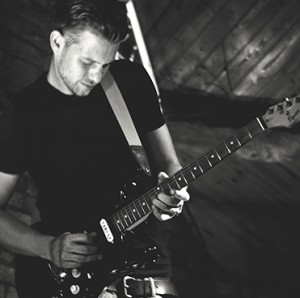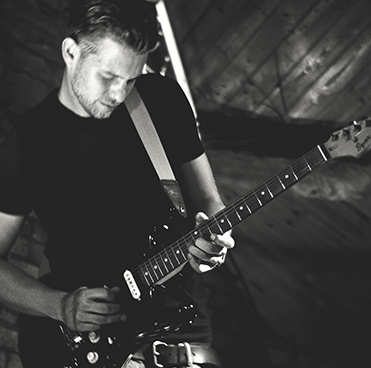Stop wasting time emulating your hero’s and find your own unique sound!
Time and time again I get students coming to me and saying I want to sound like Clapton, Hendrix, Slash or Vai…and so the list goes on. Only yesterday a guy started having lessons with me and said “I spent 20 years plus listening to effects trying to emulate Steve Vai until the penny finally dropped – I can’t!”. He couldn’t be more correct.
These days there are hundreds of guitar pedals, multi FX processors, gadgets and gizmos on the market that feature a vast array of sounds for your listening pleasure. Whilst this is great in theory, it can also be very distracting at times too. You may sit there playing your favorite chord, scale, lick or riff over and over, trying with all your might to get that same killer tone you hear on the album you so love – before you know it a few hours have passed and you’ve done nothing! You’ve sat there playing what you already knew last week, and the week before, and have not made any progress with your actual playing ability at all.
Practice electric guitar using a clean sound
I always make a point of telling my students to practice their songs or performance pieces using a clean sound. This way they can hear clearly if there is a note missing, being muted or not being executed as it should be.
This will give you the level playing board you’ll need if you are serious about learning guitar.
First set all the controls on your amplifier to the half way point except the volume and gain. Take the gain off all together and set the volume to 1 or 2, (whichever is suitable to your playing surroundings). Remember you don’t want to deafen the people you live with or start falling out with the neighbours! From this point you can roll off the treble, middle or bass accordingly to find a nice clean smooth sound that suits your playing. Once you’ve found this make a note of it, as it’s bound to change over the first few years of playing and you’ll never remember where all those knobs and buttons were set to.
Effects will never hide bad technique
In your first few years of learning it’s only natural that you will want to experiment with guitar effects such as distortion, delay, and chorus for example – that’s fine, but make sure you get your own clean tone down first. You’re not going to sound like the players I’ve previously mentioned. They use specific guitar and amplifier combos, plus a wide range of mixed multi FX to create their individual sound. Not only this, but on records guitars are also overdubbed numerous times. If you want to sound like Slash on “Sweet Child O’ Mine” what will you do when you want to play Chuck Berry’s “Johnny Be Goode?” You’re far better finding the tone that’s right for you, rather than trying to sound like your heroes. When you have found a clean sound that you like you can then start adding effects to enhance your sound. Enhance being the key word here. You want to add to your playing sound, make it more colourful.
However, be cautious not to drown it out completely with too much overdrive, gain or distortion.
Article by Mark Ellwood from guitarschool22.co.uk





